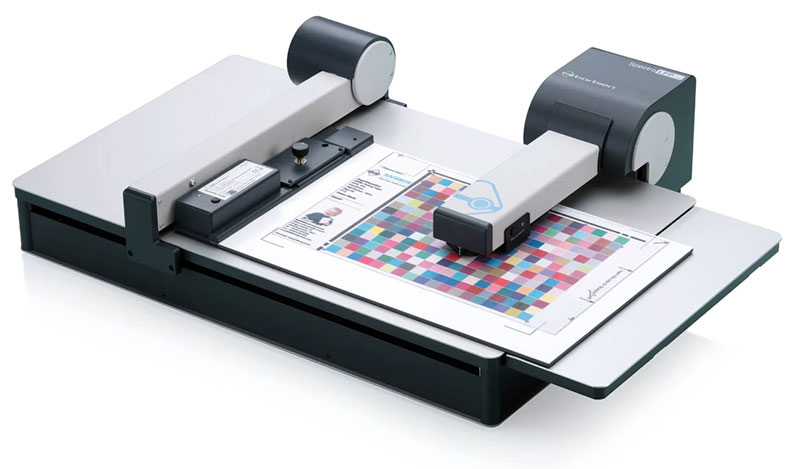Some of my images printed too dark – Why?
When images print darker than expected these are the most likely reasons why
The screen is too bright (How are you viewing your prints?)
If images are viewed on a screen that is turned up too bright it will not give a true representation of the image. Don’t forget that the screen is just a representation of the image and not the actual image. Moving brightness up and down on the screen does not change the image, it just makes a difference to how it looks on screen. A simple way of correcting the brightness of your screen is to make the brightest white of the screen no brighter than the paper you have selected to print to (Whitepoint). Alternatively, turn down the brightness of the screen so it matches the sample print you have had printed as it will give you an approximation of what the image looks like.
Viewing conditions
How are the prints viewed? In professional printing prints are always viewed in a simulated daylight environment . That is approximately 5000 degrees of Kelvin and close as possible to 100 CRI (Colour Rendition index). This viewing area is much brighter than an average living room. Please take your display conditions into consideration when editing an image for print.
Under exposed captures
Cameras are so much better these days that this is less of a problem than it used to be. Learn how to read a histogram and check your images in levels or curves in Photoshop or your preferred image editing program. An under exposed image can most of the times be adjusted to print just fine
Black point compensation
A screen has approximately 10x the contrast ratio of a print. That difference is most noticeable in dark areas where you can see many more “shades” on your screen than you can in print. A print does not represent the same dynamics in tones/shades as a screen. For this we need to compensate prior to going to print. This used to be called “darkroom skills” prior to digital printing. Dodging and burning is art form that still can be practised in Photoshop or by carefully working with HDR filters. Black point compensation is another an effective way of dealing with this issue. Below is a link to a great video showing how that works. If an image has a lot of information on the left hand side of the histogram the video will show how you can stop those shaded areas becoming too dark or defaulting to black. How much of this work that has to be done depends on the paper. A Matt or textured paper (light absorbing) will require a greater adjustment then a light reflective paper (Gloss). Learn more here.

Barbieri Spectro LFP – Automated reflection and transmission spectrophotometer for color measurement in digital large format printing
And finally…
In short, if images are printing too dark it is unlikely that it is a paper or a printing issue. All papers at PosterFactory are scientifically calibrated to represent each colour value as accurately as possible on any given paper (ICC profiles). We use the latest Barbieri technology and sophisticated calibration colour software and a dedicated RIP (Raster Imaging Process) to make sure that every pixel are represented in print as accurate as is technically possible. It makes sure that colour values stay true when a paper has been profiled. Yes, the paper selection will impact on how an image will look but these differences are much smaller than the impacts of some selective edits prior to going to print. Yes, textured or a Matt paper will have less of a dynamic rage than a more gloss stock but regardless of paper selection, an image that is too dark will print dark on all papers.
If the above has left you with some question please feel free to make contact so we can help.
Printing should always be fun and rewarding.
